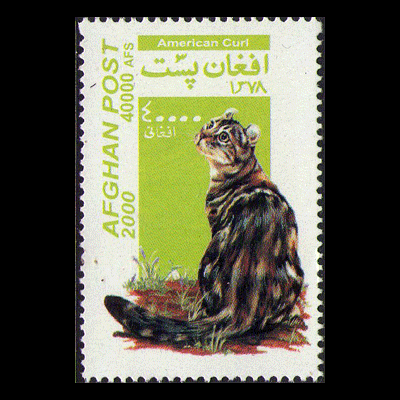Study of factors that may predispose domestic cats to road traffic accidents: part 2
Lifestyle characteristics of cats involved in road traffic accidents in Cambridgeshire, England
source: I Rochlitz
Veterinary Record vol 153, no 19, November 9 2003
starts p585, 4 pages long
This is the second part of a study of cats involved in road traffic accidents, that were seen by six vet practices in Cambridgeshire, England. The first part of the study examined characteristics of the cats, and found that young, male, non-pedigree cats were more likely to be involved in accidents than those from a control group. This part of the study looks at the cats' lifestyles and environments, such as whether the cats spent a lot of time outside, and local traffic densities. The sample size is smaller than for the first study, since the vets did not ask owners to describe their cats' lifestyles and environments if the cats did not survive their accidents.
Cats involved in traffic accidents were more likely to spend more time outside than cats that had never been in an accident, though younger cats are both more likely to spend more time outside, and more likely to be involved in accidents. Cats that had been involved in accidents were more likely to live in areas where traffic density was high. Accidents were more likely to happen at night than in the day time, and this may be because it is less easy to see a cat in the dark. Surprisingly, cats wearing reflective collars were more likely to be involved in accidents, though this may be because owners were more likely to fit collars to cats that had already survived an accident. A higher proportion of cats involved in accidents were allowed outside at night, compared to cats that had never been involved in accidents, 83% compared to 72%, however, this was not statistically significant. Further large-scale research is needed on this topic.
CA,HD



